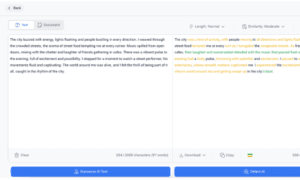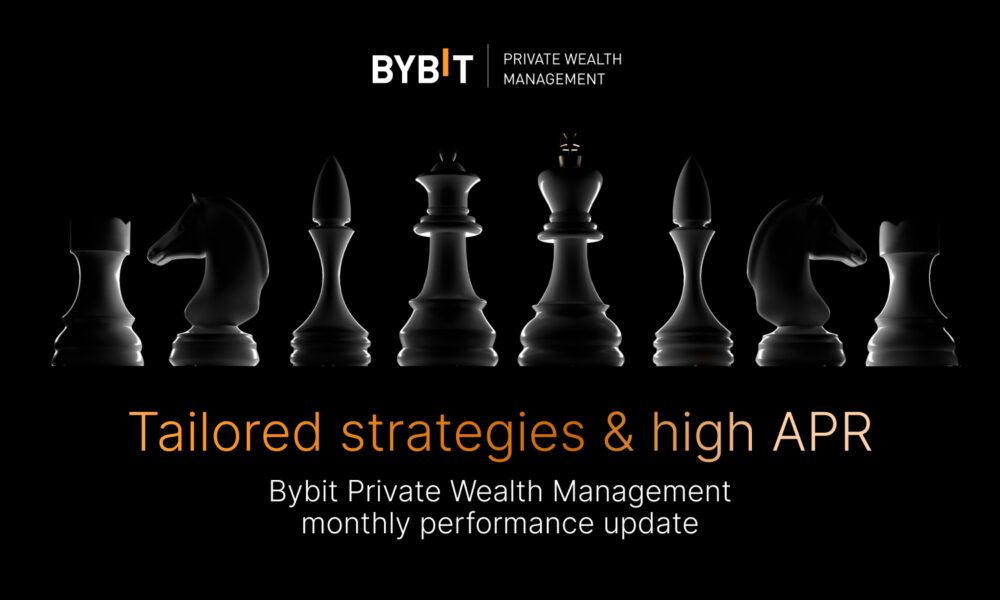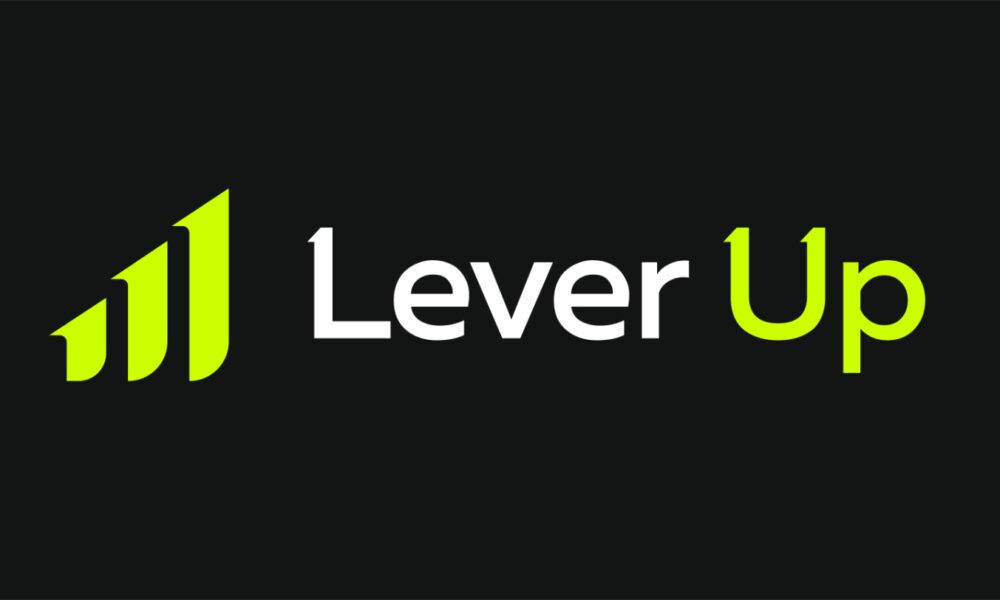If you send money abroad—whether to support family, pay freelancers, or cover tuition—you’ve probably noticed how much costs and delivery times vary. With new digital providers, you no longer have to accept slow transfers or unclear fees. This guide explains how to compare remittance services in the U.S., what to look for in 2025, and how a compliance‑first approach protects your funds.
For readers searching “Remi Finance US” or “Remi financial services New York”
If you reached this page after searching those phrases, you’re likely comparing providers for cost, speed, and safety in the United States—often from New York or other major metro areas. Use the checklist below to evaluate any service:
- Upfront pricing that shows the exact receive amount before you pay
- Clear delivery times (same‑day where available) with trackable status
- Strong KYC/AML practices and secure identity verification
- Coverage for your corridor and limits that fit your typical transfer size
- Helpful support during U.S. Eastern Time hours
These criteria help you cut through ads and outdated pages so you can choose a provider that balances cost, speed, and reliability.
What matters most when you transfer money abroad
When evaluating money transfer services, focus on these core factors:
- Total cost: Consider both the transfer fee and the exchange rate markup. A low headline fee can still be expensive if the FX rate is poor.
- Speed and delivery options: Bank‑to‑bank transfers are common, but many corridors now support instant wallet payouts or same‑day bank deposits.
- Coverage and limits: Confirm supported countries, currencies, and per‑transfer limits that match your needs.
- Transparency: Look for a clear quote before you pay—showing the amount your recipient will receive, fees, and the exact FX rate.
- Compliance and security: U.S. remittance providers should follow KYC/AML rules, use strong encryption, and verify identities to keep transactions safe.
- Customer support: Reliable support matters when payments are time‑sensitive.
Banks vs. digital providers
Banks are familiar and trusted, but international wires can be slower and costlier, especially for frequent, smaller transfers. Digital remittance providers specialize in cross‑border payments, often offering:
- Competitive FX rates with upfront pricing
- Faster delivery windows
- Convenient mobile/web onboarding
- Status tracking and notifications
For many senders, using a specialized remittance app or platform provides a better balance of cost, speed, and transparency.
A simple comparison checklist :
- How fast will the money arrive (and by what method)?
- Is the FX rate locked at payment, and for how long?
- Are there limits that fit your transfer size and frequency?
- Does the provider explain compliance requirements clearly (ID checks, source of funds)
- Can you track the payment and contact support easily?
Common mistakes that increase costs
- Waiting until the last minute. Urgent transfers can force you into higher‑fee options.
- Comparing only fees, not FX. The exchange rate can be the biggest cost driver.
- Sending multiple small transfers. Batch where possible to reduce cumulative fees.
- Using cash where digital is cheaper. Bank‑to‑bank and wallet payouts are often more efficient.
- Ignoring compliance requests. Incomplete KYC slows transfers and can trigger cancellations.
Who benefits most from modern remittance apps?
- Diaspora and families: Regular support payments with predictable schedules and transparent costs.
- Students and caregivers: Clear quotes and quick payout options for time‑sensitive expenses.
- Freelancers and contractors: Paying international teams with trackable, compliant transfers.
- Small businesses: Cross‑border supplier payments with better visibility than traditional wires.
Spotlight: Remi Finance
For senders seeking a transparent, compliance‑first option, Remi Finance offers a modern approach to cross‑border money movement. The platform emphasizes:
- Clear, upfront pricing with visibility into fees and FX before you confirm a transfer
- Fast delivery options across popular remittance corridors
- Security and compliance practices aligned with U.S. regulations, including robust identity verification
- Intuitive onboarding and real‑time transfer tracking via web or mobile
If you’re researching phrases like Remi Finance US or looking for Remi financial services New York related resources, evaluate these features against your checklist to see how they match your priorities for cost, speed, and reliability.
Tips for U.S. and New York (NY) senders
- Verification is normal. Providers may request ID and supporting documents to meet AML/KYC requirements.
- Funding sources matter. Transfers funded by bank account can be more cost‑effective than cards.
- Mind Eastern Time cutoffs. Bank processing often follows ET; transfers submitted after evening cutoffs may post the next business day.
- Watch bank holidays and weekends. U.S. federal or NY state bank holidays can extend delivery windows on certain corridors.
- Keep records. Save receipts and confirmations for personal or business bookkeeping and to answer any tax questions with a qualified advisor.
Quick FAQ
Is it better to send one large transfer or several small ones?
If timing isn’t urgent, consolidating can reduce cumulative fees. Always compare the final receive amount for both options.
Why do exchange rates change during the day?
FX markets move constantly. Many services let you review or lock a rate for a short window; check the rate‑lock policy before you pay.
What slows transfers down?
Unverified identities, incomplete recipient details, or flagged compliance checks. Providing accurate information upfront helps avoid delays.
How can I avoid hidden costs?
Choose providers that show an itemized quote, including the exact FX rate and any intermediary bank fees where applicable.
The bottom line
In 2025, you don’t have to choose between safety and speed when sending money internationally. Compare providers using total cost (fees + FX), delivery times, transparency, and compliance strength. With a clear checklist and modern tools, you can move money across borders confidently and cost‑effectively—and focus on what matters most: making sure the right amount arrives, on time, every time.





























